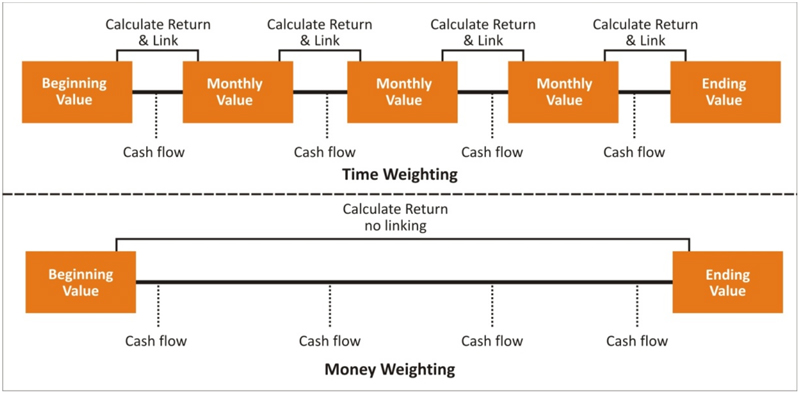 Contributed by: Center Investment Department
Contributed by: Center Investment Department
Voting day came and went much as the markets had anticipated. Democrats flipped the House of Representatives over to their control while the Senate maintained and even strengthened their republican majority. From a legislative policy perspective, we expect the republican agenda to slow. Mid-term election implications may include:
The President can continue to act alone regarding trade policies but had bi-partisan support for cracking down on China’s trade and intellectual property practices anyway
Democrats are going to scrutinize and investigate President Trump, his cabinet officials and executive actions…yes, even more!
Any further tax cuts are unlikely
Democrats will likely get to work on some infrastructure spending
Affordable Care act will be strongly defended
While markets care about legislation and the far-reaching impact those decisions make, long-term markets are agnostic to election results. Information and how markets digest the information affect investment outcomes more than politics. Frankly, markets do not really care which side is in control. In fact, the new balance of power sets a similar stage for the strongest historical performance in the S&P 500 for a republican president. Want to learn more, check out this blog, “Mid-Term Elections and the Market.”
Any opinions are those of the author and not necessarily those of RJFS. The S&P 500 is an unmanaged index of 500 widely held stocks that is generally considered representative of the U.S. stock market. Investing involves risk and investors may incur a profit or a loss. Links are being provided for information purposes only. Raymond James is not affiliated with and does not endorse, authorize or sponsor any of the listed websites or their respective sponsors. Raymond James is not responsible for the content of any website or the collection or use of information regarding any website's users and/or members.






















